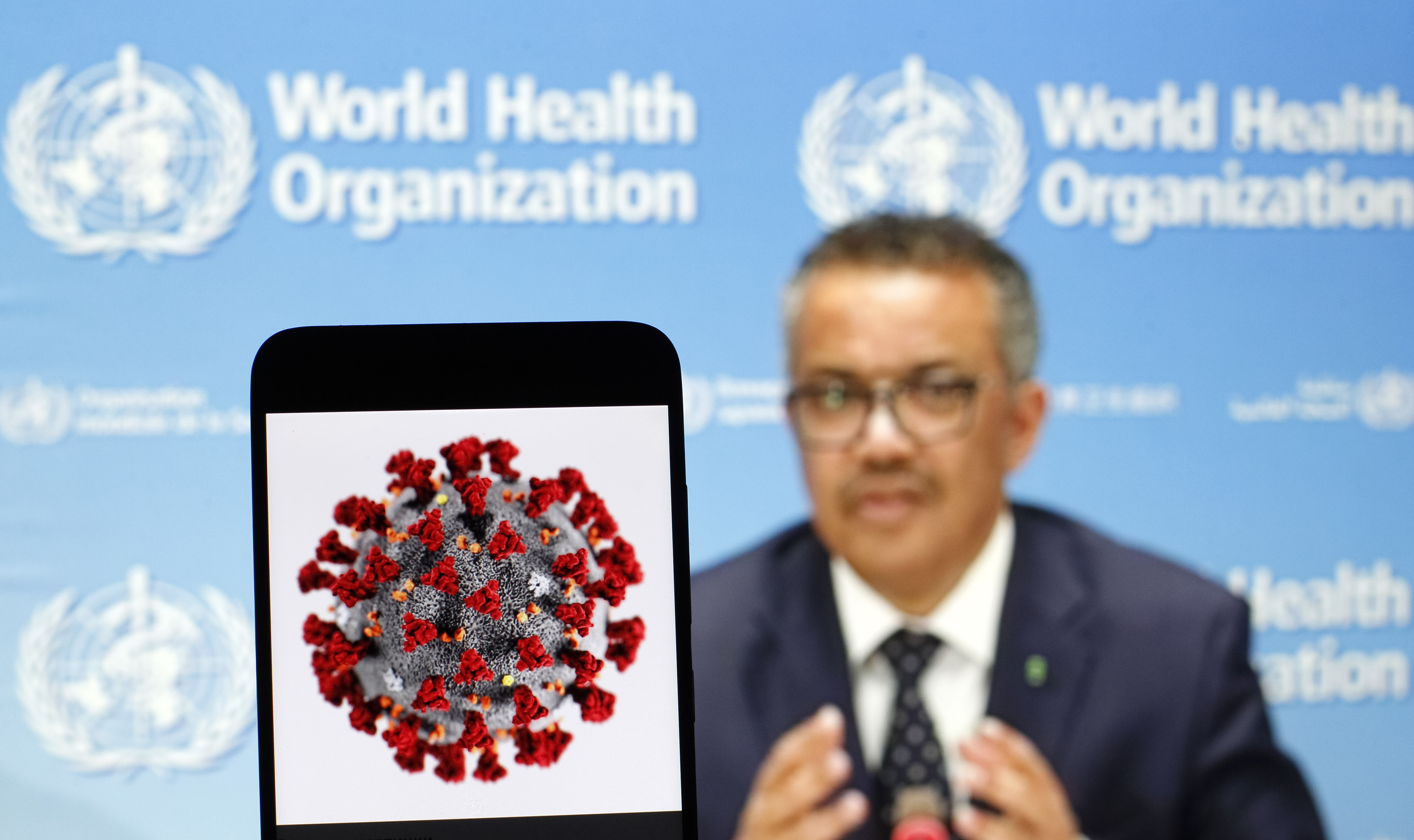Chicago's top health official encouraged people to "bring the outdoors in" in an attempt to lower the risk of spreading COVID-19.
Dr. Allison Arwady, commissioner for the Chicago Department of Public Health, said that while she's not concerned about residential air conditioning spreading coronavirus, opening windows and doors can lower risk.
"I want to address this because I think particularly with the heat and with you know, 25 years post our really significant heat wave here, I want to be clear that it is safe and appropriate for individuals to use air conditioning in their apartments or in their homes," Arwady said. "I am not concerned about a window air conditioner or an air conditioner in a residential setting being a source of COVID spread. I would apply the same guidance that we give to the large buildings to individuals that a really good way to decrease any potential risk of COVID is just to open your window, open your door, have additional airflow running through your apartment or through your home. And, broadly, letting the outdoors in is one, it has turned out to be, one of the more important things for limiting the risk of COVID in buildings."
Arwady said much of the guidance surrounding air flow has centered on ventilation in large buildings.
"There is very specific guidance that the CDC has put out and that CDPH in the city have pushed out particularly to larger businesses that would have large scale ventilation or air conditioning systems in place," she said. "The bottom line is you want to do what you can to increase air exchanges with the outside. And so our big buildings here in Chicago have done that at an individual level."
The CDC advised office building owners to "increase circulation of outdoor air as much as possible by opening windows and doors if possible, and using fans" as employees return to work.
According to the guidance from the agency, buildings were also encouraged to increase airflow supply to occupied spaces, consider using natural ventilation to "increase outdoor air dilution of indoor air when environmental conditions and building requirements allow," and improve central air filtration.
The guidance comes as states across the country shut down indoor dining as cases spike.
Experts have suggested that a lack of airflow could play a role in the spread of the virus.
"If you’re indoors there is also less air circulation, so it’s more likely that COVID-19 can spread through respiratory droplets when people talk, cough or sneeze," said Heather Voss, a program director of epidemiology and infection prevention at Northwestern Medicine.
Earlier this month, the World Health Organization published new guidance, saying it can’t rule out the possibility that the coronavirus can be transmitted through air particles in closed spaces indoors, including in gyms and restaurants.
The new guidance recognizes some new research that suggests the virus may be able to spread through particles in the air in “indoor crowded spaces.”
“In these events, short-range aerosol transmission, particularly in specific indoor locations, such as crowded and inadequately ventilated spaces over a prolonged period of time with infected persons cannot be ruled out,” the United Nations health agency’s new guidance says.
Airborne transmission of the coronavirus could occur if virus-carrying droplets “generate microscopic aerosols” by evaporating, the WHO said, or if “normal breathing and talking results in exhaled aerosols.” In theory, WHO says someone could inhale the aerosols and become infected. But it remains unknown, WHO says, if such aerosols would actually carry enough viable virus to cause infection.
Still, the WHO said in its guidance that while early evidence suggests the possibility of airborne transmission in such environments, spread by droplets and surfaces could also explain transmission in those cases.
The WHO added that more research is needed to further investigate preliminary findings. The agency says the main mode of transmission is still believed to be through respiratory droplets.
If airborne transmission proves to be a major factor in the spread of the virus, it could have wide-ranging policy consequences. Masks may prove to be even more important in reducing infections, especially in indoor environments and even in areas where physical distancing is possible. And more specialized masks designed to block microscopic particles may become more important. Specially outfitted ventilation units designed to kill the virus in circulating air could prove critical in preventing spread in indoor, congregate settings.



